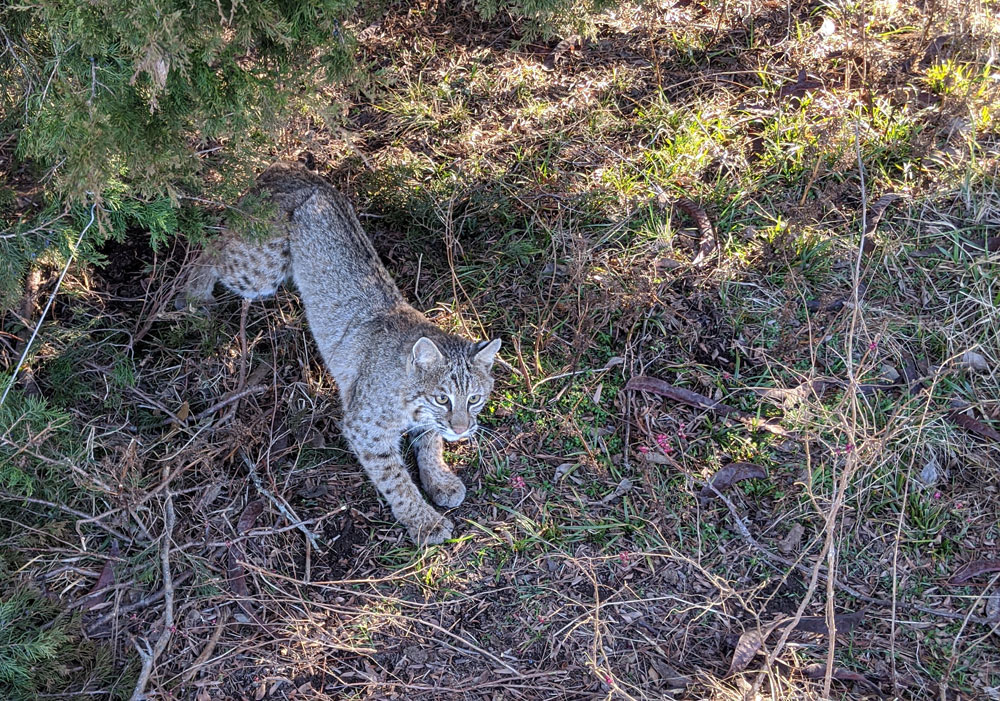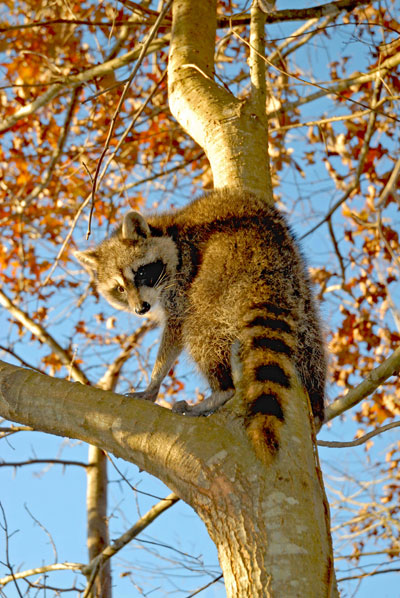provided by John Phillips
Tad Brown of Missouri is a Mossy Oak ProStaffer and has been hunting turkeys for more than 45 years and trapping for 50 years. Turkey populations throughout many areas of the country have been in decline for several years now. Brown believes that the three main reasons may be: loss of habitat, unfavorable weather conditions and increasing predation.
“Hunting clubs, private landowners and hunters can’t stop the loss of habitat or change the weather patterns,” Brown said. “However, by helping reduce the number of predators, especially nest predators, we can influence the growth of turkey populations on the lands we hunt.”

When I was just a youngster, I found some traps, and a neighbor boy found some around his house. We went to a nearby creek, set them up and caught some possums. I was about eight years old and became infatuated with fur-bearing critters. As the years went by, every year I’d trap to make extra spending money and learned more and more about trapping. When I was a teenager in the late 1970s, the fur market was booming. Fur was worth a lot of money. All I really cared about doing was hunting and fishing. So, when hunting season was over, I started coon hunting and trapping to earn extra money.
 Once I graduated from high school, I went to work for the Missouri Department of Conservation, but my job only lasted for nine months each year. When I was laid off after hunting season in December, January and February, I trapped. The most predators I ever caught in one year back then was 100 raccoons, 40 foxes and 20 coyotes. Today in an average year, I’ll catch 20-25 coyotes, 5-8 bobcats, 12-15 foxes and 50-60 raccoons.
Once I graduated from high school, I went to work for the Missouri Department of Conservation, but my job only lasted for nine months each year. When I was laid off after hunting season in December, January and February, I trapped. The most predators I ever caught in one year back then was 100 raccoons, 40 foxes and 20 coyotes. Today in an average year, I’ll catch 20-25 coyotes, 5-8 bobcats, 12-15 foxes and 50-60 raccoons.
I’m often asked how my trapping helps turkey hunting. Because trapping requires me to be out in the woods almost every day, I locate a good number of turkey flocks in the process. By making mental and physical notes on where I find those flocks, I’ve learned those turkeys will be in much the same place in the spring as in the winter. I’ve learned that every fur bearer that I take that’s not a water animal eats turkey eggs, turkey poults and turkey adults. If you take these nest predators every year, you’ll probably see a 25-percent increase in the number of turkeys you have on your property the following year. If you continue trapping every year, you possibly may see a 50-percent increase in turkeys on your land within two to three years.
Trapping is not a one-time, one-year program that will help the turkey population on your land. However, if you trap every year and keep your predator population low, you’ll always have more turkeys than you would otherwise. I’ve got a friend who traps with me. He’d noticed on his property he wasn’t getting any trail-camera pictures of turkeys or seeing or hearing any turkeys. But his trail cameras were producing a large number of bobcat photos. So, he concentrated his trapping and predator hunting program on taking bobcats off his property, and within two years, he had a huntable population of turkeys back on his land. Every year now, he targets taking two or three bobcats, as well as other nest predators from his property.
For a bobcat to catch, kill and eat a turkey isn’t any more trouble than for a housecat to catch, kill and eat a young chicken. All a bobcat has to do is lay in the cover and let the turkeys start feeding by him. Then he can pounce and have a turkey sandwich for lunch. Bobcats are very efficient at killing adult and young turkeys. I haven’t found that bobcats prey on turkey eggs and poults, but I know they do eat young adult and fully grown turkeys. They can and do kill turkey hens on the nest. In the Midwest where I live, the bobcat is about the most efficient turkey predator we have in our area.



























